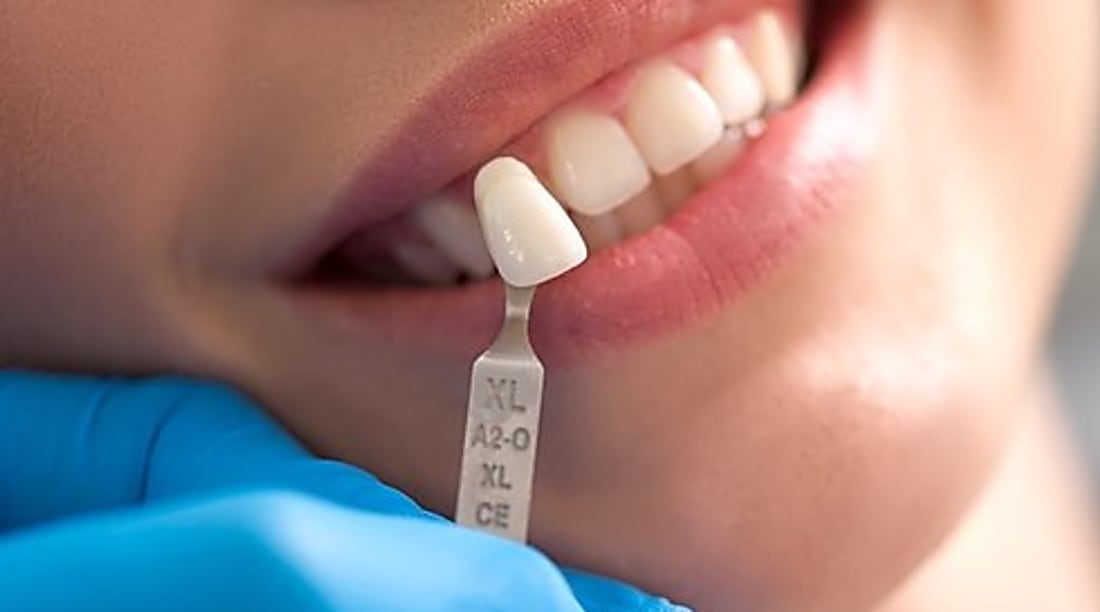Permanent Teeth with Dental Implants: A Complete Guide
Discover how dental implants provide a long-lasting, natural-feeling solution for missing teeth. This comprehensive guide explains how titanium implants bond with the jawbone to preserve facial structure, restore chewing and speech, outline costs and candidacy, and cover recovery and long-term care — everything you need to decide if dental implants are right for you.

Permanent Teeth with Dental Implants: A Complete Guide
Dental implants are a durable, modern method for replacing one or several missing teeth. By placing biocompatible titanium posts into the jawbone, implants recreate the tooth root and support personalized crowns, bridges, or full-arch restorations. Beyond improving appearance and function, implants help maintain bone volume and facial contours, which is why many patients choose them as a long-term solution.
Why Choose Dental Implants
Dental implants offer advantages over traditional bridges and removable dentures. Because each implant replaces the root of a tooth, it stimulates the jawbone and helps prevent the progressive bone loss and facial collapse often seen after tooth extraction. The restoration looks, feels, and acts much like a natural tooth—enabling normal chewing, clearer speech, and a more confident smile.
Unlike conventional dentures that can slip or need adhesives, implant-supported prostheses are anchored firmly to bone. They also spare adjacent healthy teeth since bridges sometimes require grinding down neighboring teeth for support. With good oral hygiene and regular dental visits, many implants function for decades, making them a cost-effective option in the long run when compared with multiple repairs or replacements of other prosthetics.
The Implant Treatment Process
Getting dental implants is a staged process that prioritizes careful planning and proper healing. While individual cases vary, the typical sequence includes:
- Initial assessment: A thorough oral exam, review of medical history, and imaging (x-rays or 3D scans) are used to evaluate bone volume and map optimal implant positions.
- Customized planning: Your dental team selects implant sizes, the number needed, and whether preparatory procedures such as bone grafting or a sinus lift are necessary.
- Implant placement: Under local anesthesia—and sometimes sedation—the titanium post is placed into the jawbone. The site is then closed to allow healing.
- Osseointegration: Over roughly 3 to 6 months the implant fuses with the bone through osseointegration, creating a stable foundation for the final prosthesis.
- Abutment and impressions: Once integrated, a connector piece called an abutment is attached and impressions are made to craft a custom crown, bridge, or denture.
- Final restoration: The permanent prosthesis is secured to the abutment, restoring function and appearance.
Timelines depend on whether additional surgeries, such as bone grafts, are required. Your provider will explain expected steps, recovery windows, and alternative options during consultation.
Costs and Insurance Considerations
Treatment costs vary based on geographic location, number of implants, type of restoration, and any preparatory work. The table below gives a general estimate of common price ranges:
| Procedure Component | Average Cost Range |
|---|---|
| Single Implant | $3,000 - $4,500 |
| Abutment and Crown | $1,500 - $2,000 |
| Bone Grafting (if needed) | $600 - $2,500 |
| Full Mouth Implants | $20,000 - $45,000 |
Cost estimates are approximate and may vary by provider, region, and individual treatment needs. Consult your dental professional for an accurate quote.
Insurance plans differ in their coverage of implants. Some policies cover parts of the treatment—such as crowns or preparatory procedures—while others label implants elective and offer limited or no coverage. Many dental practices provide financing options or payment plans to spread out costs.
Recovery and Long-Term Care
Most patients experience mild to moderate discomfort after implant surgery, typically controlled with over-the-counter pain relievers or prescribed medications. Expect swelling and minor bruising in the first few days. Many people resume normal activities within a few days, but full healing and osseointegration require additional time.
Daily care for implants is similar to caring for natural teeth: brush twice daily, floss or use interdental cleaners, and maintain routine dental check-ups and professional cleanings. While implant materials themselves cannot develop cavities, the surrounding gum tissue can suffer inflammation or infection—known as peri-implant disease—if plaque control is poor. Early detection and prompt treatment are critical to protect implant longevity.
Who Makes a Good Candidate
Ideal candidates have adequate jawbone density, healthy gums, and generally good health. Certain medical issues and lifestyle factors can affect candidacy or increase risk. Uncontrolled diabetes, severe periodontal disease, heavy smoking, or medical conditions that impair healing may require medical management before proceeding.
When jawbone volume is insufficient, bone grafting or sinus augmentation can create a suitable site for implants. A comprehensive clinical exam, medical history review, and imaging help your dental team determine the best approach and whether implants are viable for your situation.
Deciding if Implants Are Right for You
Dental implants are a reliable option for many people seeking a long-term replacement for missing teeth. They restore chewing and speech, protect adjacent teeth, and preserve facial bone structure, but they come with higher upfront costs and require a commitment to oral hygiene and follow-up care.
Discuss your medical history, aesthetic goals, timeline, and financial considerations with a qualified implant dentist or oral surgeon. They can outline alternatives—such as bridges or removable dentures—and help you weigh the benefits, risks, and expected outcomes specific to your case.
This article is for informational purposes only and should not be considered medical advice. Please consult a qualified healthcare professional for personalized guidance and treatment.






